Choosing the best monitor for industrial applications is essential to ensure optimal performance, efficiency, and durability in demanding environments. Industrial monitors are designed to withstand harsh conditions, offer reliable performance, and provide specialized features required for industrial use. In this guide, we will walk you through the key factors to consider when selecting the most suitable monitor for your industrial needs.
The display type and size are critical factors in industrial monitor selection. For most industrial applications, a rugged and durable LCD display is preferred, offering high resolution and visibility. The size of the monitor should be appropriate for the workspace and the information to be displayed. Consider factors such as viewing distance, available space, and the amount of data to be shown on the screen.
Industrial environments can be challenging, with exposure to dust, moisture, vibrations, and extreme temperatures. Look for monitors with robust construction and IP-rated enclosures that provide protection against dust and water ingress. Additionally, opt for monitors that comply with industrial standards such as NEMA or MIL-STD for enhanced durability and reliability.
Touch Think industrial monitors support the VESA arm, VESA stands to mount, which are popular in industrial automation production lines, it's a very rugged IP65-rated dust-proof and waterproof, adopts TFT LCD full flat panels, Full-High Definition up to 1920 x 1080. The enclosure is constructed of Aluminum alloy which has better heating dissipation, corrosion-resistant. The industrial-grade sunlight-readable IP65 TFT LCD monitor is designed for use throughout a wide range of applications of harsh outdoor equipment. They are designed with rugged LCD displays and are compliant with very strict industry standards and are designed to withstand severe environments such as water, dust, and dirt intrusion.
The monitors are designed with strong impact-resistant performance in harsh environments: we have multi-types of industrial monitors that support VESA mount ( front bezel: 7mm / 8mm / 10mm optional).
If the industrial application requires human-machine interaction, consider opting for a touchscreen monitor. Capacitive or resistive touchscreens are common choices, and the selection should depend on the specific application needs, including the type of gloves or stylus used in the environment.
Industrial monitors should offer flexible mounting options to accommodate various installation requirements. Consider whether the monitor needs to be wall-mounted, panel-mounted, or placed on a desk or arm. VESA-compliant mounting options are often preferred for ease of installation and compatibility with standard mounts.
Assess the connectivity options and interfaces provided by the industrial monitor. Depending on the application, you may require multiple video inputs, USB ports, RS-232, or Ethernet connections. Ensure that the monitor's interfaces align with the devices and systems you intend to connect.
Consider the performance and image quality of the monitor, especially if it will be used for critical tasks or data visualization. Look for monitors with high refresh rates, low response times, and wide viewing angles. The monitor's brightness level is crucial for readability in bright environments, and the contrast ratio affects image clarity.
Some industrial applications may require specialized features or adaptations to meet specific requirements. Look for manufacturers that offer customization options, such as additional protective coatings, sunlight readability enhancement, or integration of specific peripherals.
Industrial monitors are long-term investments, so ensure the chosen monitor is designed for extended product life cycles. Research the manufacturer's reputation for reliability, and inquire about warranty coverage and after-sales support to address any potential issues or servicing needs.
Check for compliance and certifications that are relevant to your industry or application. These may include safety certifications, electromagnetic compatibility (EMC) compliance, and industry-specific standards such as UL, CE, or RoHS.
When evaluating different options, consider the total cost of ownership, which includes the initial purchase cost, maintenance expenses, and potential downtime costs. A monitor with higher upfront costs but better durability and support may offer greater long-term value and lower TCO.
By carefully considering these factors and aligning them with your specific industrial requirements, you can confidently select the best monitor that meets the demands of your industrial applications, ensuring enhanced productivity, reliability, and performance in the long run.
Touch Think takes great pride in being your reliable source for industrial display solutions, and we are committed to providing you with exceptional products and services. Click here for all our contact info.
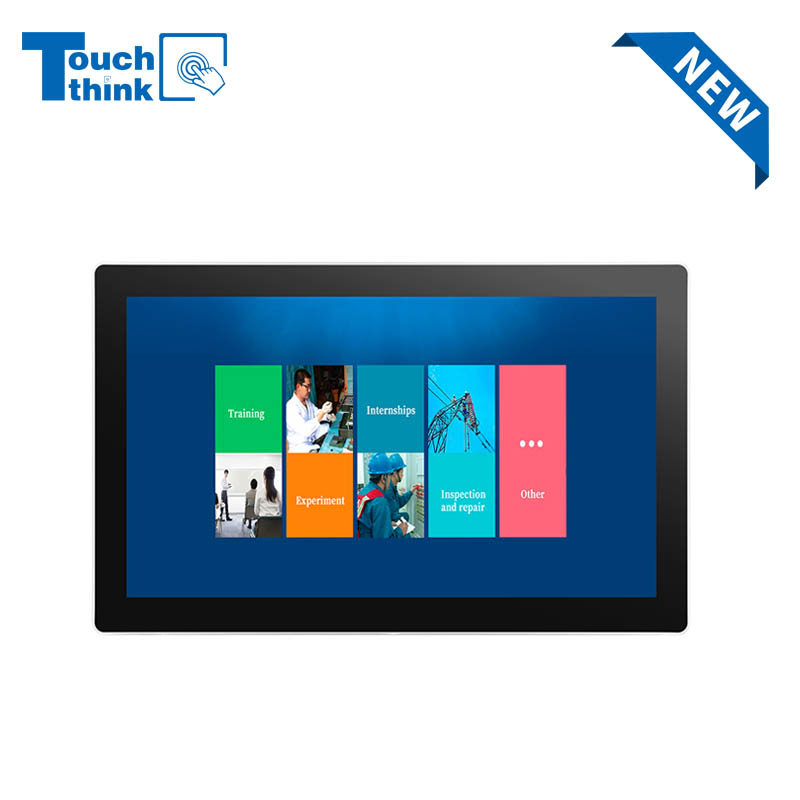
IP65 Wall-Mounted Industrial Touch Screen Monitor | Waterproof HMI Display VIEW MORE
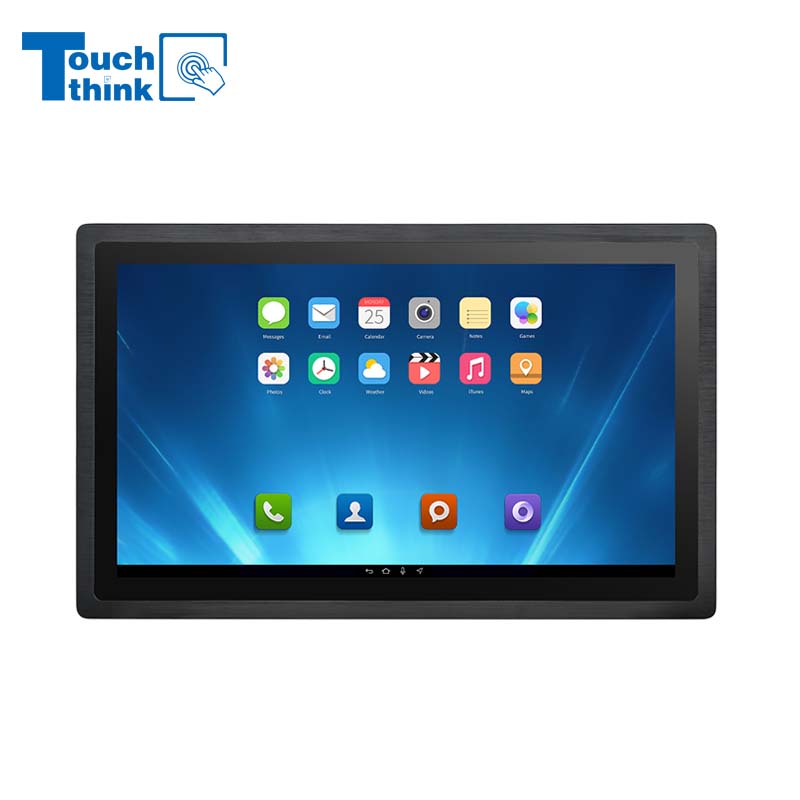
23.8 Inch Industrial Panel PC, Slim Ultra-Thin Design, Multiple I/O Ports, Rugged Touch Computer for IIoT VIEW MORE
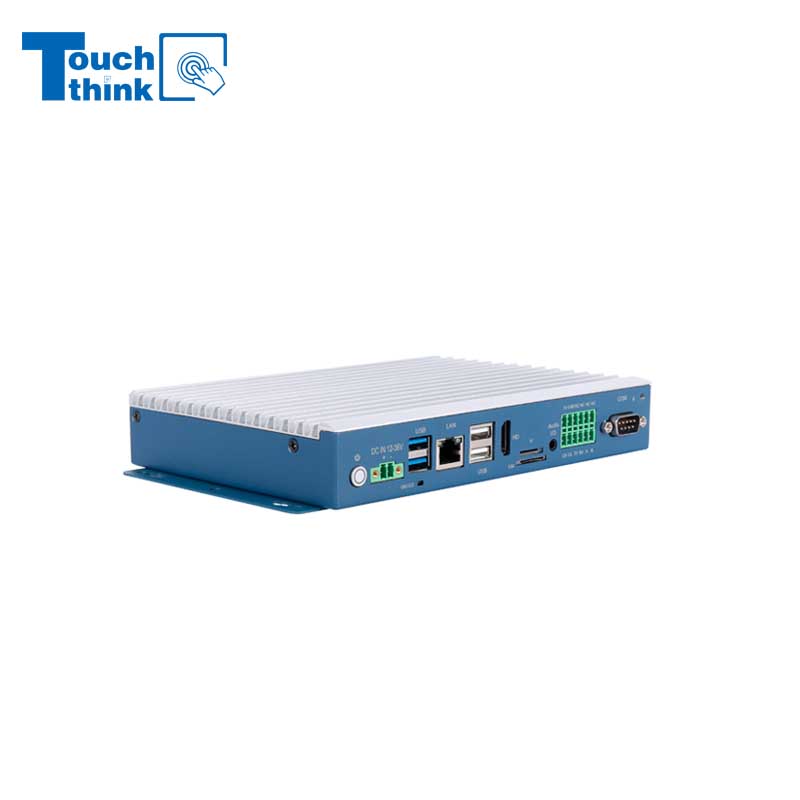
Embedded Fanless Computer ARM Cortex-A55 Quad-Core 64-bit Computers with 1TOPS NPU and Wi-Fi 6 Capabilities VIEW MORE
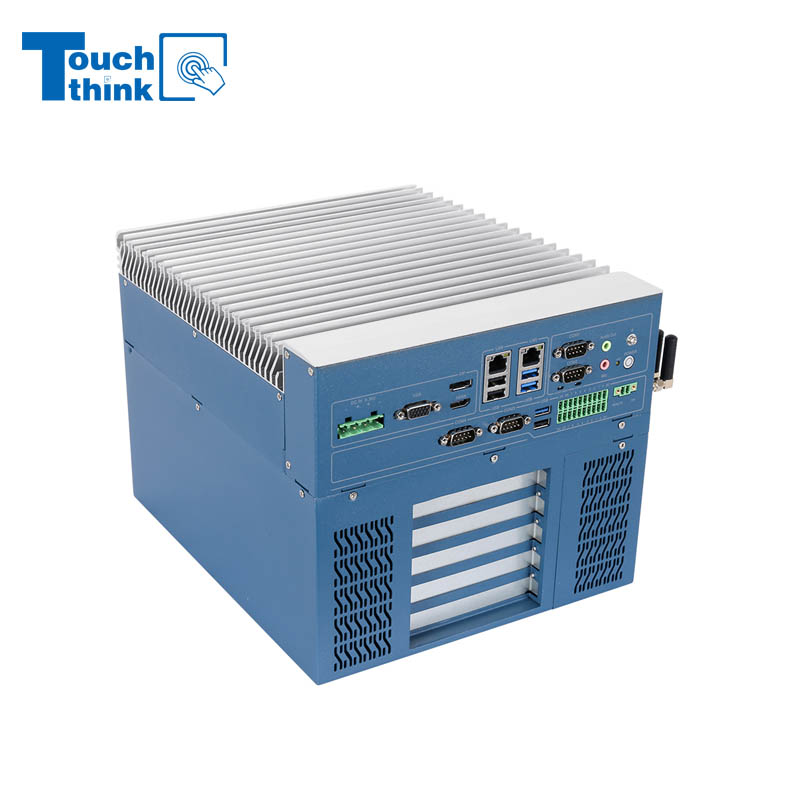
High Expandability Industrial Embedded PC with Expansion Slots PCIex16 PCIex4 9 to 36V Input VIEW MORE
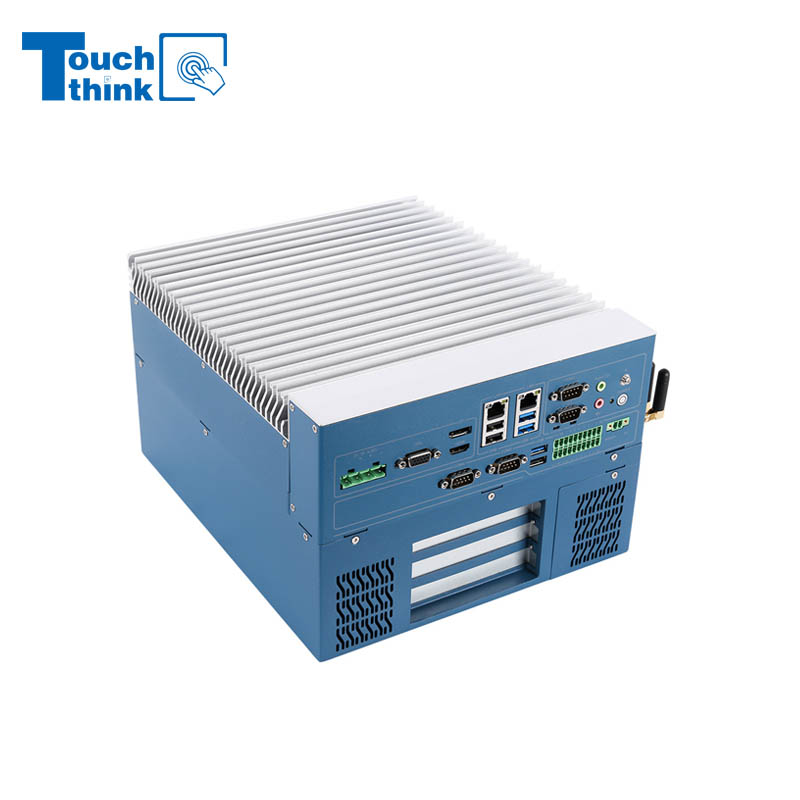
Modular Embedded Computer with Intel® Core 12/13/14th-Gen Processor 2.5GbE LAN VIEW MORE
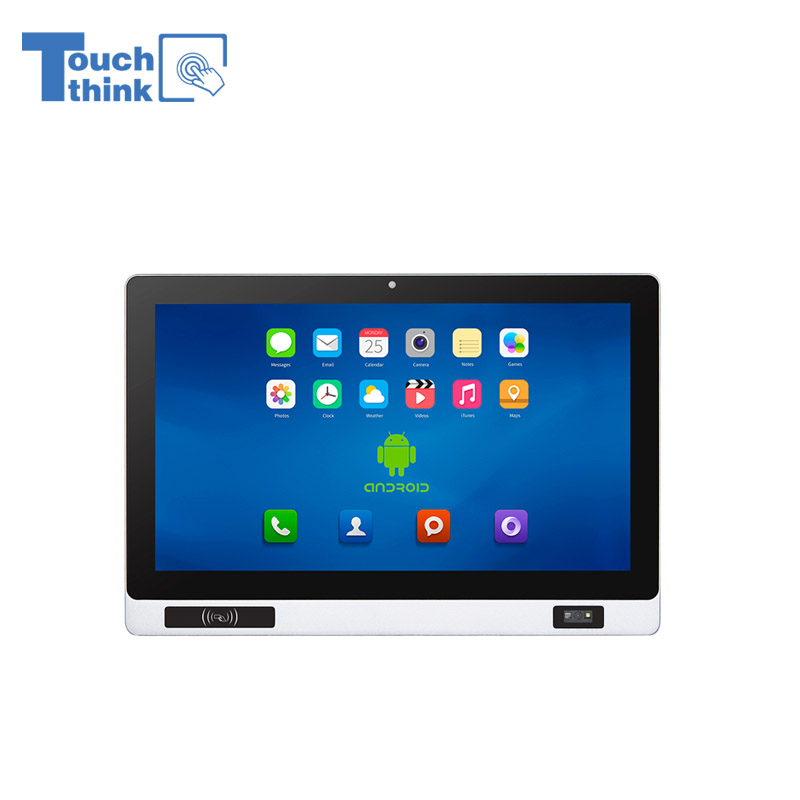
Industrial Panel PC with NFC and QR Code Scanning Functions for Smart Factory VIEW MORE
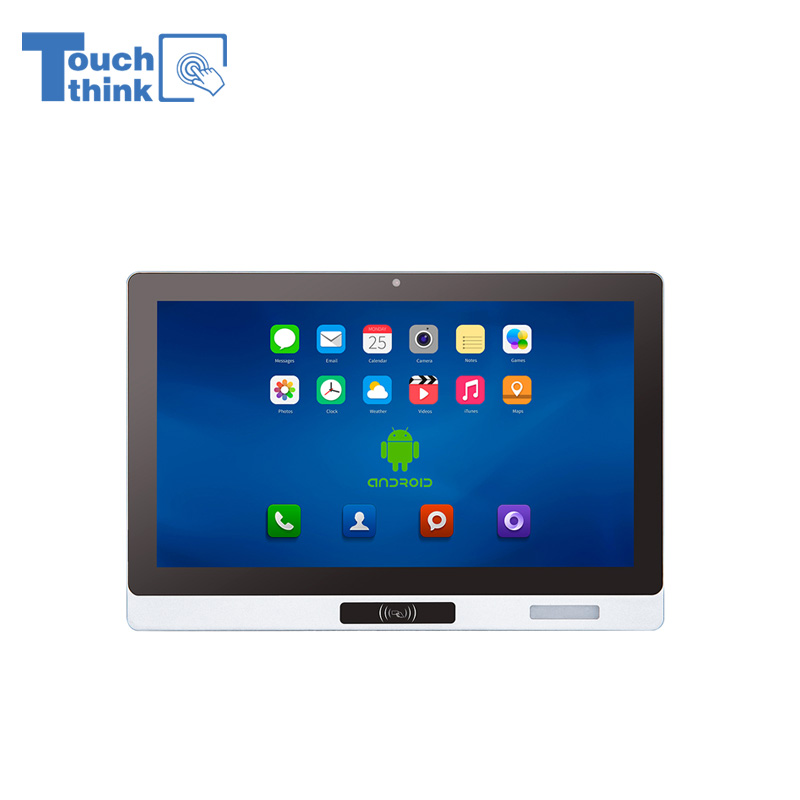
All-in-One Android Panel PCs with NFC/Camera For MES System in Digital Factory 24/7 Use VIEW MORE
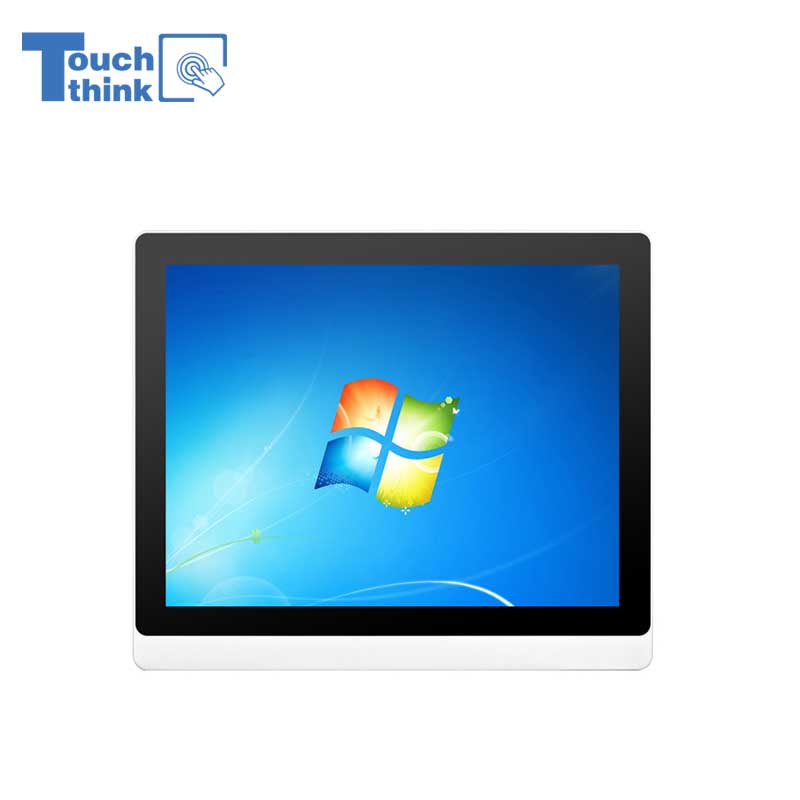
VESA Mount Industrial Touch Panel PC with i3 i5 i7 Processor Desktop Computer 8GB DDR4 128GB SSD VIEW MORE
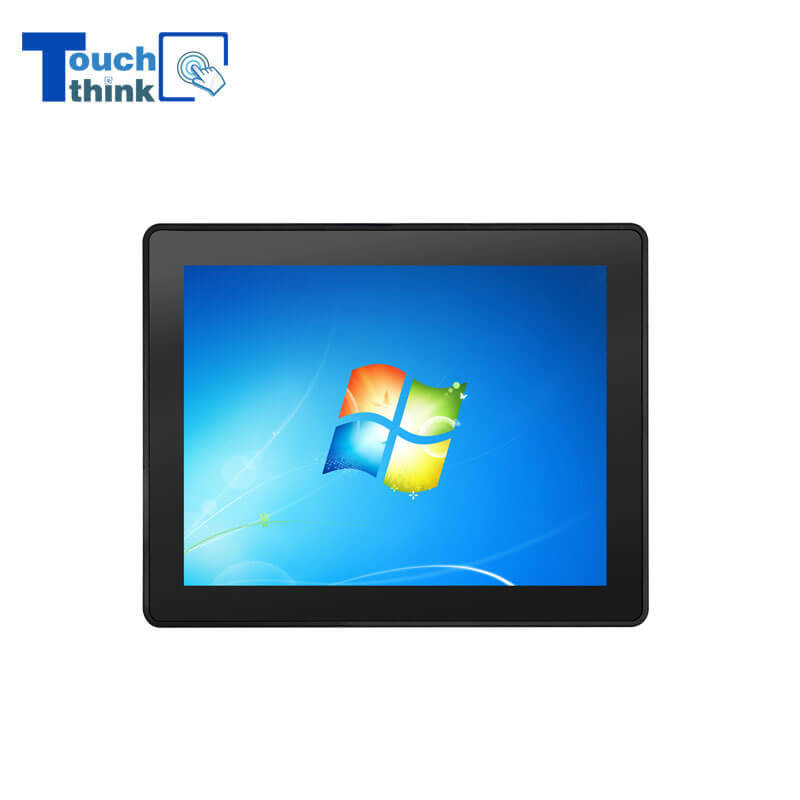
Rugged IP65 Industrial Touchscreen Computer Industrial HMI Panel PC VIEW MORE
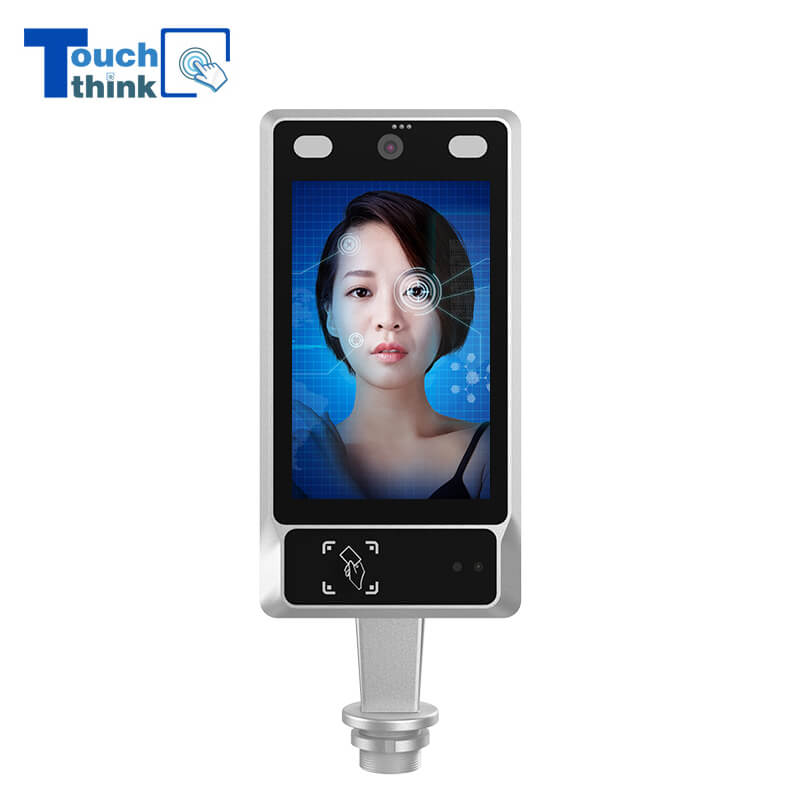
8 inch Facial Recognition Terminal For Turnstile Access Control VIEW MORE
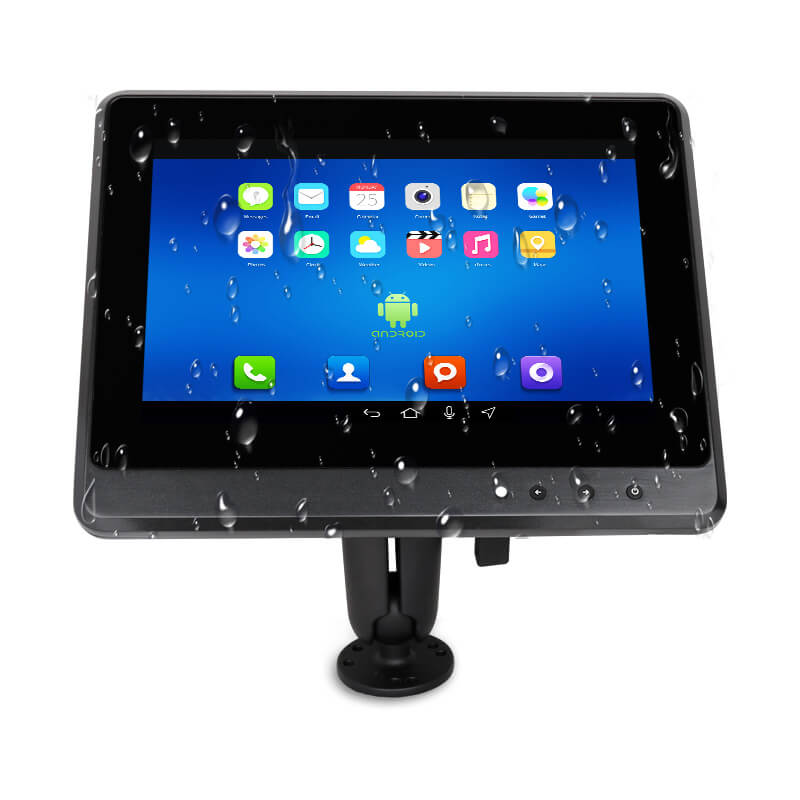
Android In-Vehicle Industrial Panel PC Vehicle AGV Computer VIEW MORE
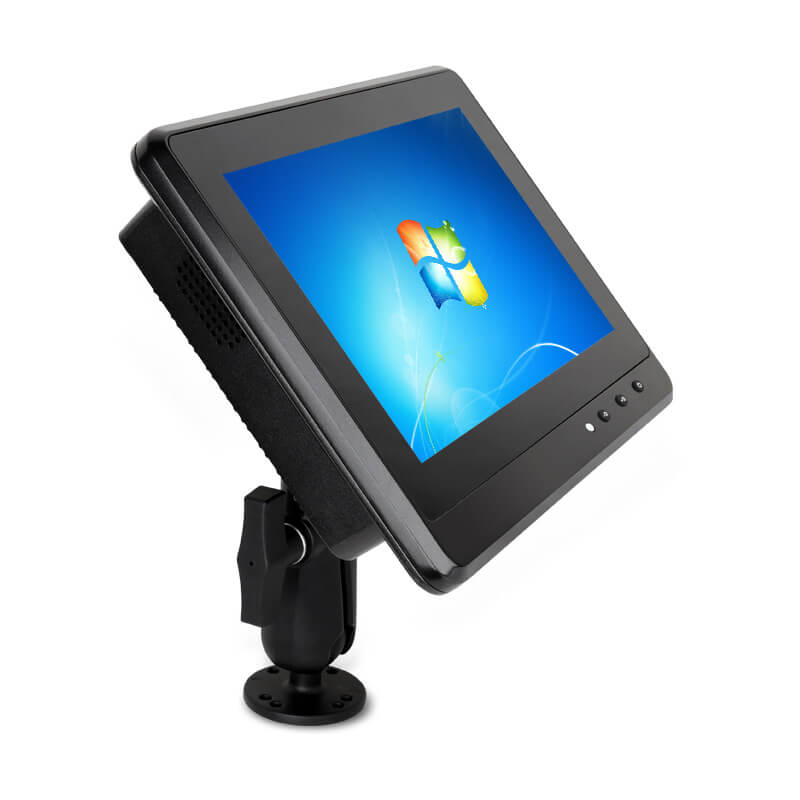
Transportation Panel PC Windows Vehicle Mounted Touch Computers VIEW MORE
Copyright © Shenzhen Touch Think Intelligence Co.,Ltd. All Rights Reserved Update cookies preferences